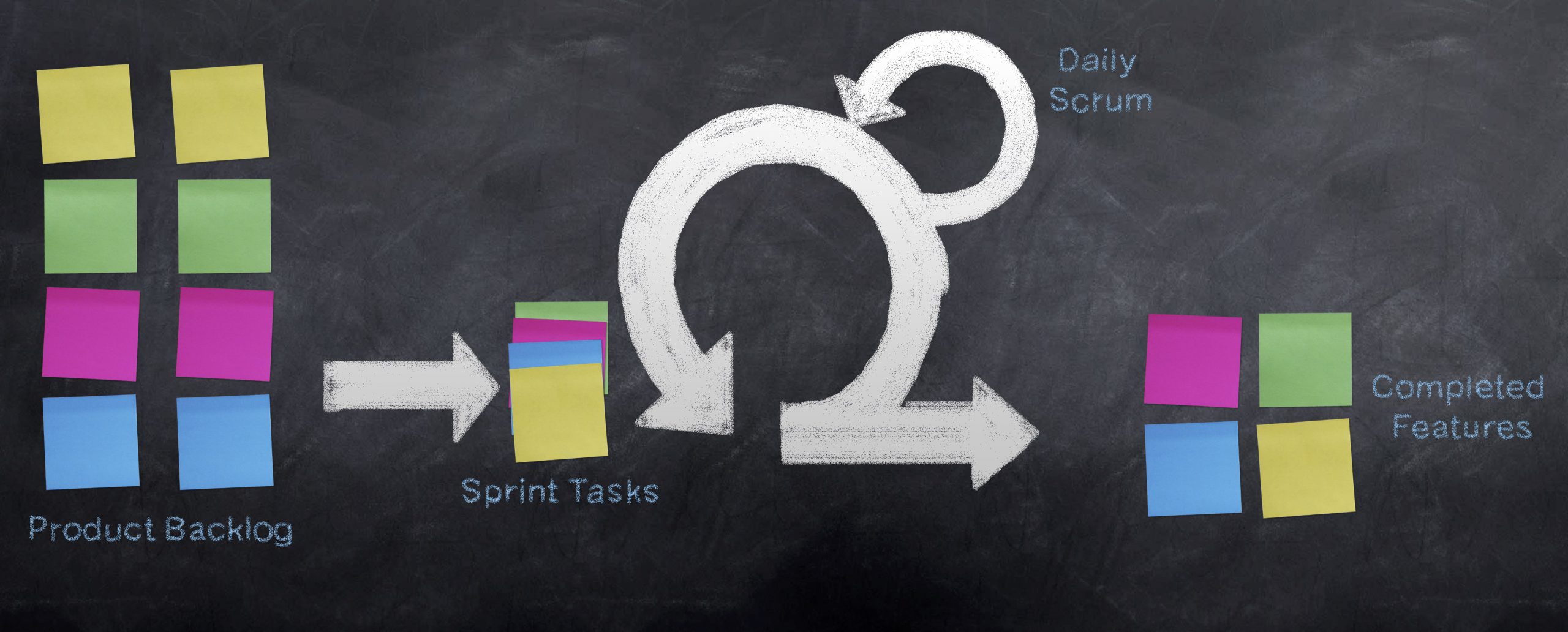
There are around 5 very popular different software development methodologies. Each one represents has its own set of principles, methods, approaches, and software building processes to complete the project in the shortest possible time.
A software development methodology determines the software building process of an organization. However, the choice depends on the project requirements, goals, aim, budget, and timeline. Also, it depends upon the choice of software development team and the subjective preferences of customers and consumers.
That is why it becomes difficult to successfully implement a software development methodology. It is because each methodology plans out the software workflow; thus, selecting one best is really necessary.
In this article, you will find an overview of all the widely used, popular, and recognized software development methodologies for your team of top software developers in USA.
Let’s get down to the list of the most popular software development models – their building process, features, and functionalities. Let’s understand the differences between each of them!
Also, we will peek into their pros and cons in order to find out which can play the best role. This way it will lead us to the decision-making on choosing the best software development model! Let’s get started.
Agile
Agile is a versatile software development methodology, concerning a large range of various iterations. In this development approach, the client takes a look at the result and apprehend whether or not it satisfies him or not after each iteration.
A running product is the principle development assessment. It isn’t always tools, solutions, productivity, and charm that are essential, however, the reality is that every single planned option is implemented.
The agile software development lifecycle assumes that when imposing a project, one does not want to rely totally on pre-established certain plans.
It is vital to awareness of the constantly changing conditions of the external and internal environment and recalling customers’ and users’ feedback.
This encourages modern software developers and engineers to experiment and look for new solutions, not restricting themselves to inflexible frameworks and standards.
Waterfall
The waterfall model in software engineering makes the process flow following the phases such as requirements analysis, designing, development tactics implementation, testing the software, integrating it upon needs, and support, maintenance.
The waterfall software development techniques involve the sequential stages, whereby each stage completes first before the next begins. The Waterfall version refers back to the classic information of software development.
The whole manner is inflexible and linear, there are clear dreams for every stage, and a new phase begins best after the completion of the preceding one, there’s no going back.
 Scrum
Scrum
The most used flexible and popular development methodology is Scrum that divides the workflow into equal sprints depending upon the time period project development and the software development team composition.
The sprint tasks are set before the sprint ends while the results are discussed, then a new sprint starts!
Due to this, the execution control will become more flexible, and developers respond to emerging issues quicker. Traditional planning fades into the background, its region is occupied by the sprints backlog. In this methodology, the product backlog is the starting document.
It is ranked through significance and, sometimes, through complexity. During the implementation period, the product backlog can be modified with the aid of the scrum group.This is the biggest benefit of the Scrum not present in Waterfall! Are you prepared now to choose the scrum software development model for your project?
 Feature-driven Development
Feature-driven Development
(FDD) is derived from the combination of Agile and Waterfall development technique. It is generally considered as an older technique, a kind of precursor to trendy Lean/Agile implementations.
The software development model FDD specializes in the purpose of delivering operating software often and is particularly a client-centric approach, helpful for smaller development companies or teams.
With the FDD approach in your hand, you have the guts to deliver the end result each week.
To produce tangible software frequently and efficiently, FDD has five steps, the first of that is to expand an overall model. Next, construct a function listing after which plan by each characteristic.
The very last two steps – design by feature and construct by characteristic takes up the bulk of the effort. At each step, status reporting is endorsed and enables to tune the progress, results, and feasible errors.
FDD’s higher attributes, information about the client’s requirements, and the overall version at the start of the software development can reduce any surprises.
Additionally, any function that takes longer than two weeks gets separated into different functions until it meets the two-week rule. The rigid shape of FDD makes it less proper for the teams to balance and break-fix sorts of work.
I would recommend, never use FFD approach if you are a top custom software solution provider in USA. Always use the Agile software development lifecycle model!
Kanban
Like the above described Scrum methodology, the Kanban software development model is among the most viable approaches to put into effect. It s flexible as an Agile software development methodology.
Furthermore, its challenge is to balance unique specialists within the group and effectively distribute the work among them. The business-method is divided not into standard sprints, for performing unique tasks: “Planning”, “Developing”, “Testing”, and “Completion”.
Kanban technique was designed to help use the available sources in the simplest way, quickly discover the emerging issues, and solve them in a brief time.
The central area is occupied by way of the development system visualization. This visualization is known as a Kanban board, which facilitates to song the presently performed venture reputation and to discover the issues that rise up without resorting to complex techniques.
Kanban is much less strict than Scrum – the time of sprints there isn’t limited, there are not many roles, besides for the product owner.
Summary
An assessment of the methodologies on the software development though is edgier, it isn’t productive and constructive. We learned the pros, cons, principles, and how they help the software development team. As an organization giving services of custom software development, we strive hard to make the best software using these approaches.



